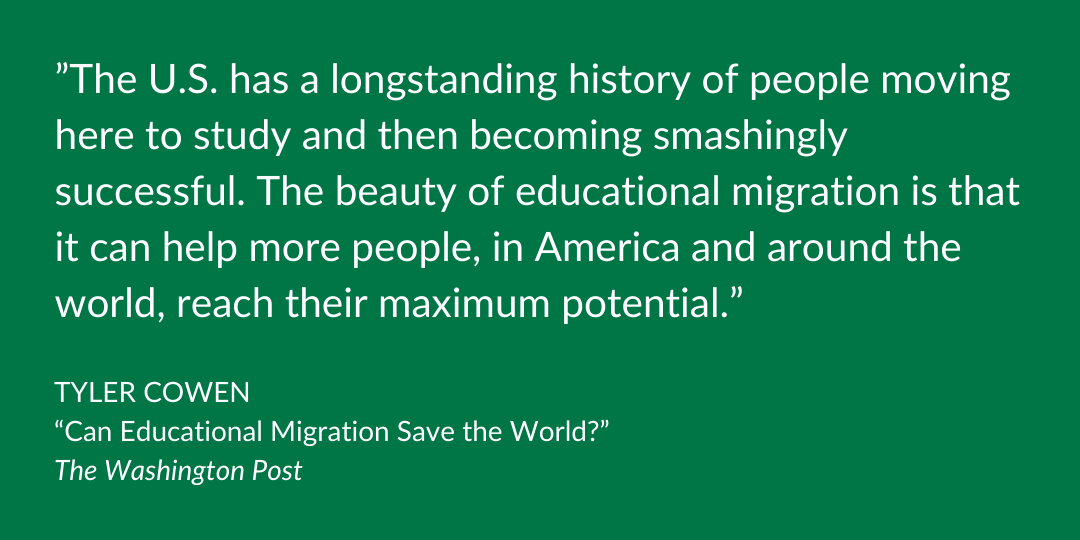Central Park, built in the mid-1800s, was the first landscaped public park in the United States. Its designers, Frederick Law Olmsted and Calvert Vaux, were ambitious, aiming to create a space in the middle of New York City where residents could experience a wide variety of landscapes all in one place. The park successfully combines landscaped gardens, wild wooded areas, pastoral fields, and more. The designers also incorporated several bodies of water – ponds, lakes, and streams – into their plans. In the northeast corner of the park, the Harlem Meer is one such manmade lake. The Meer, Dutch for “lake,” is today a haven for wildlife like fish, turtles, and waterfowl, as well as a popular destination for the neighboring community in Harlem.
The Harlem Meer
Indian Diaspora on a Stage as Big and Beautiful as Bridgerton
Brier Patch by Hugh Hayden
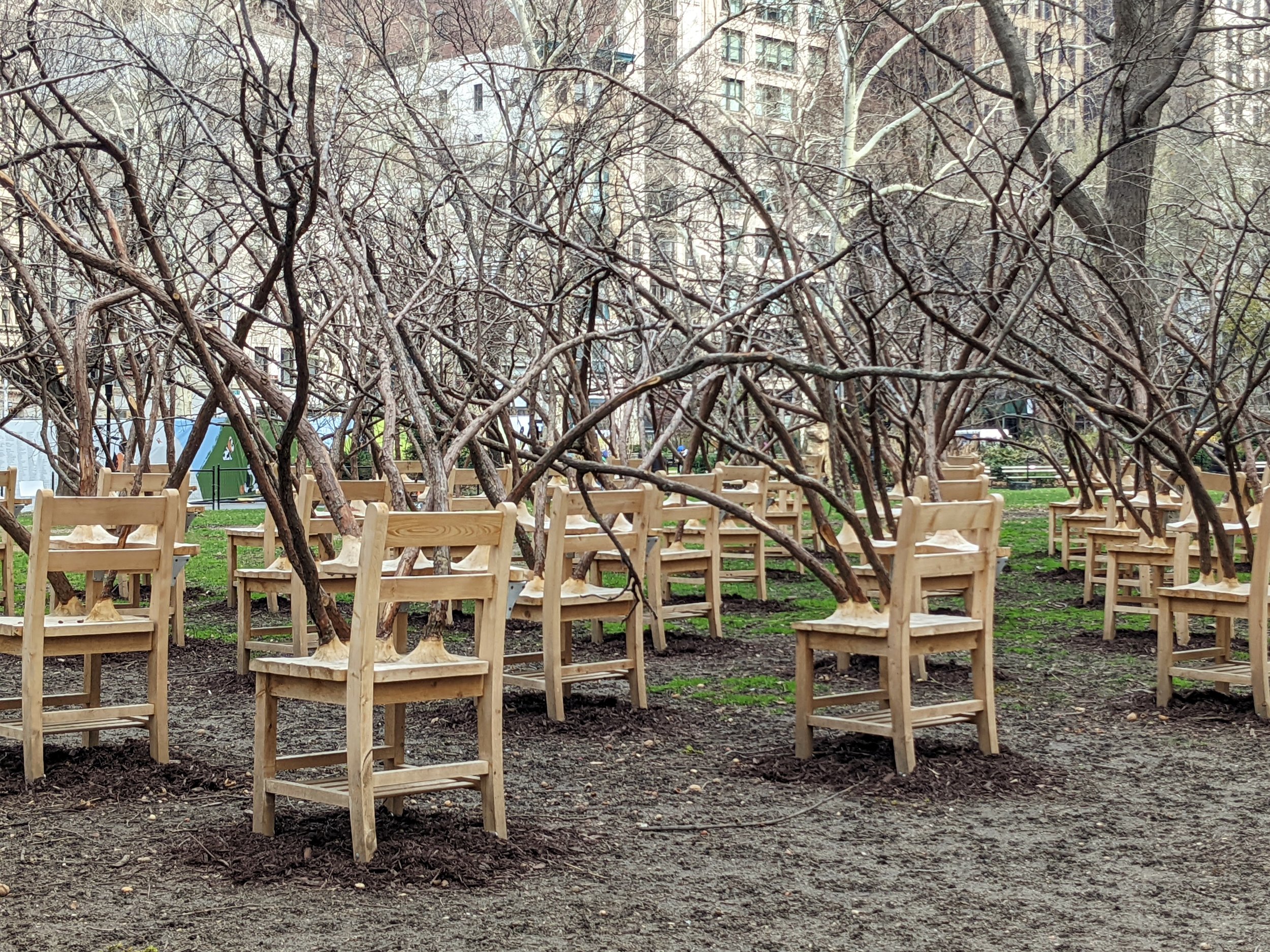
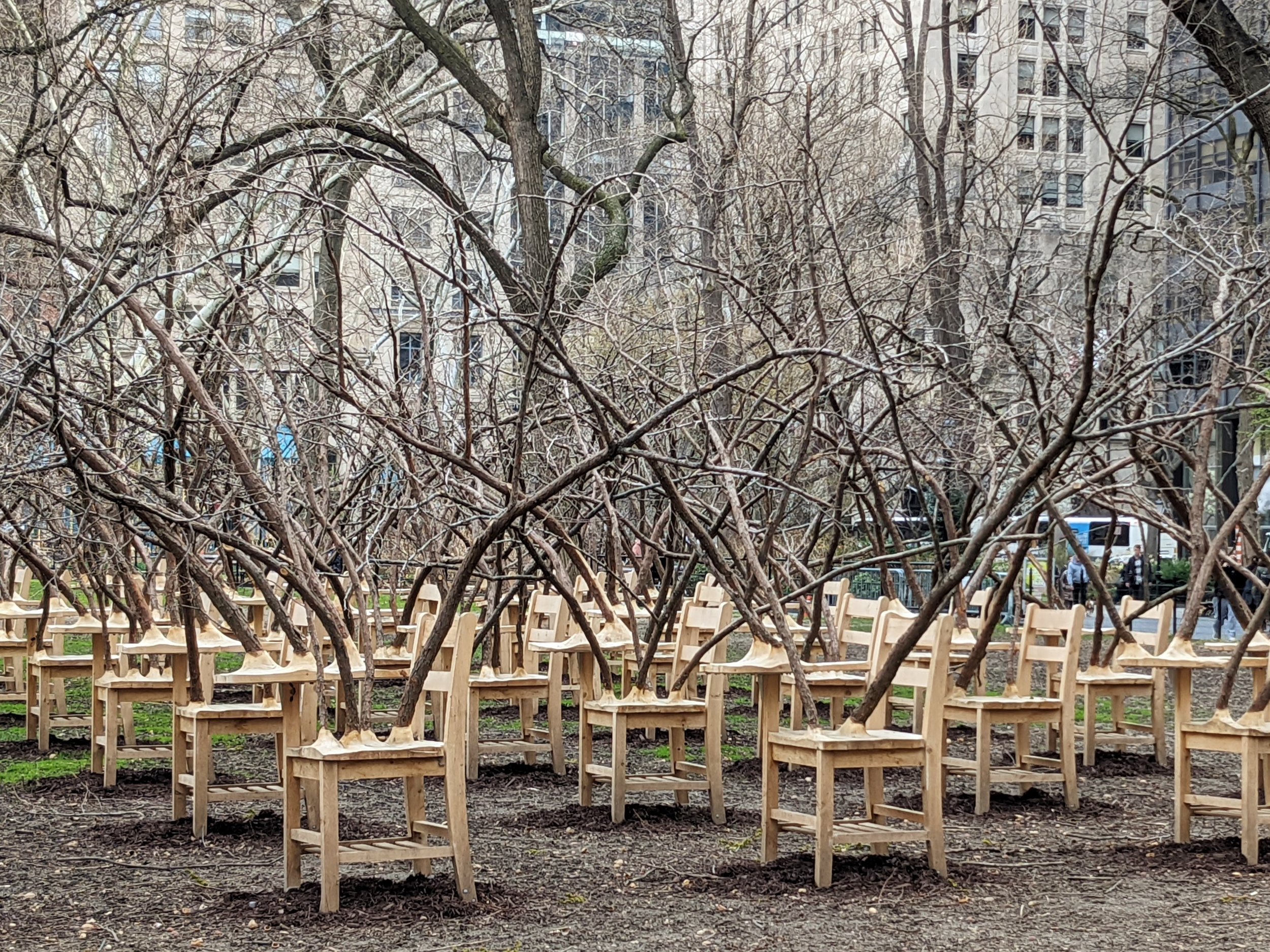

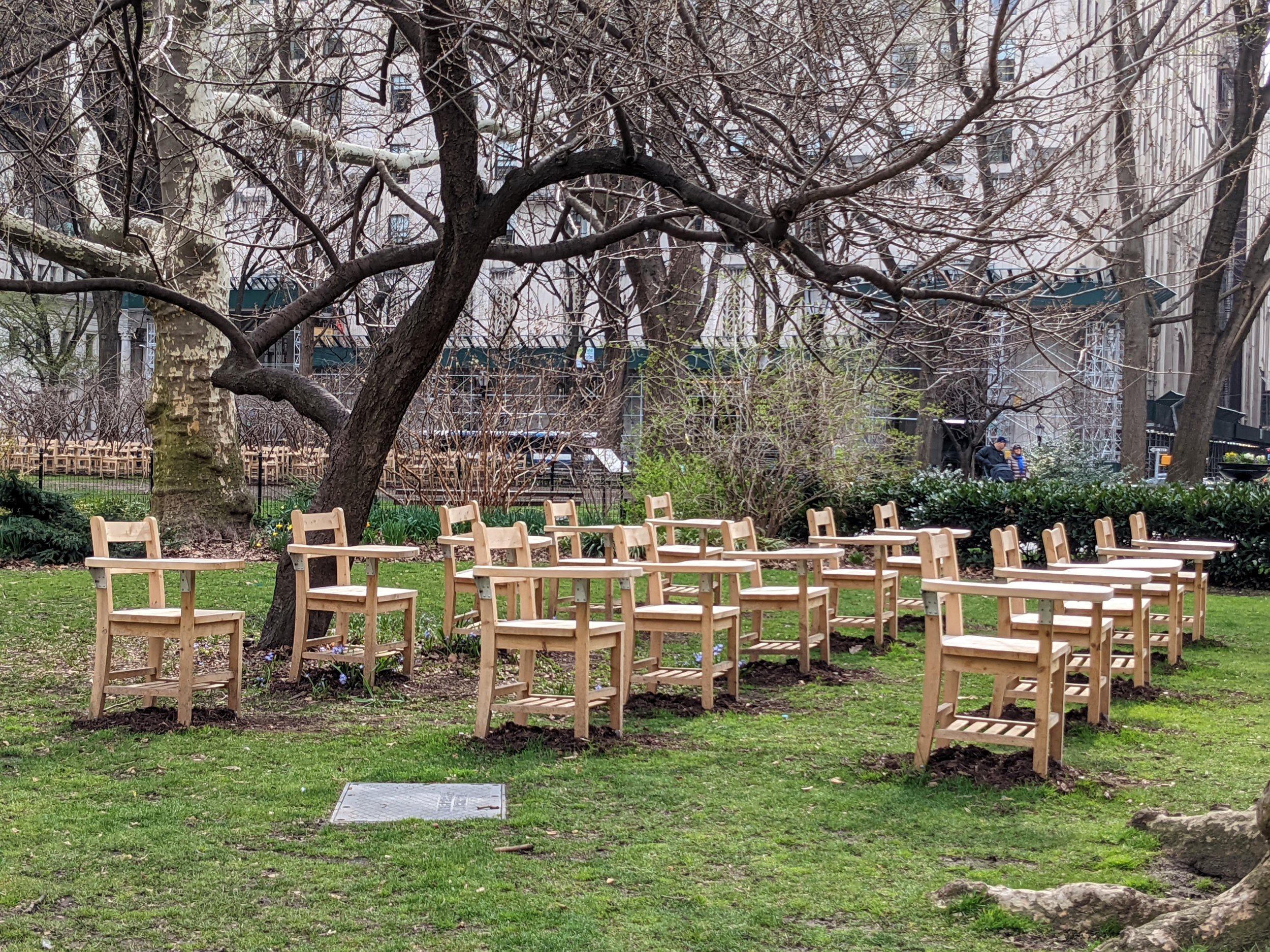
An unsettling assembly of school desks with branches growing from the surfaces is an unexpected sight in Madison Square Park. The installation by artist Hugh Hayden evokes in turn nostalgia, optimism, and foreboding. The desks, organized in neat rows like in a classroom, are disrupted by the twisting mass of branches that emerge from the seats of the chairs and the tops of the desks. Evocative of folklore stories like Br’er Rabbit and Sleeping Beauty, the canopy that forms could offer a safe place to hide, or prove to be dangerously prickly.
Educational Migration Can Help More People Reach their Potential
Cherry Blossom Season
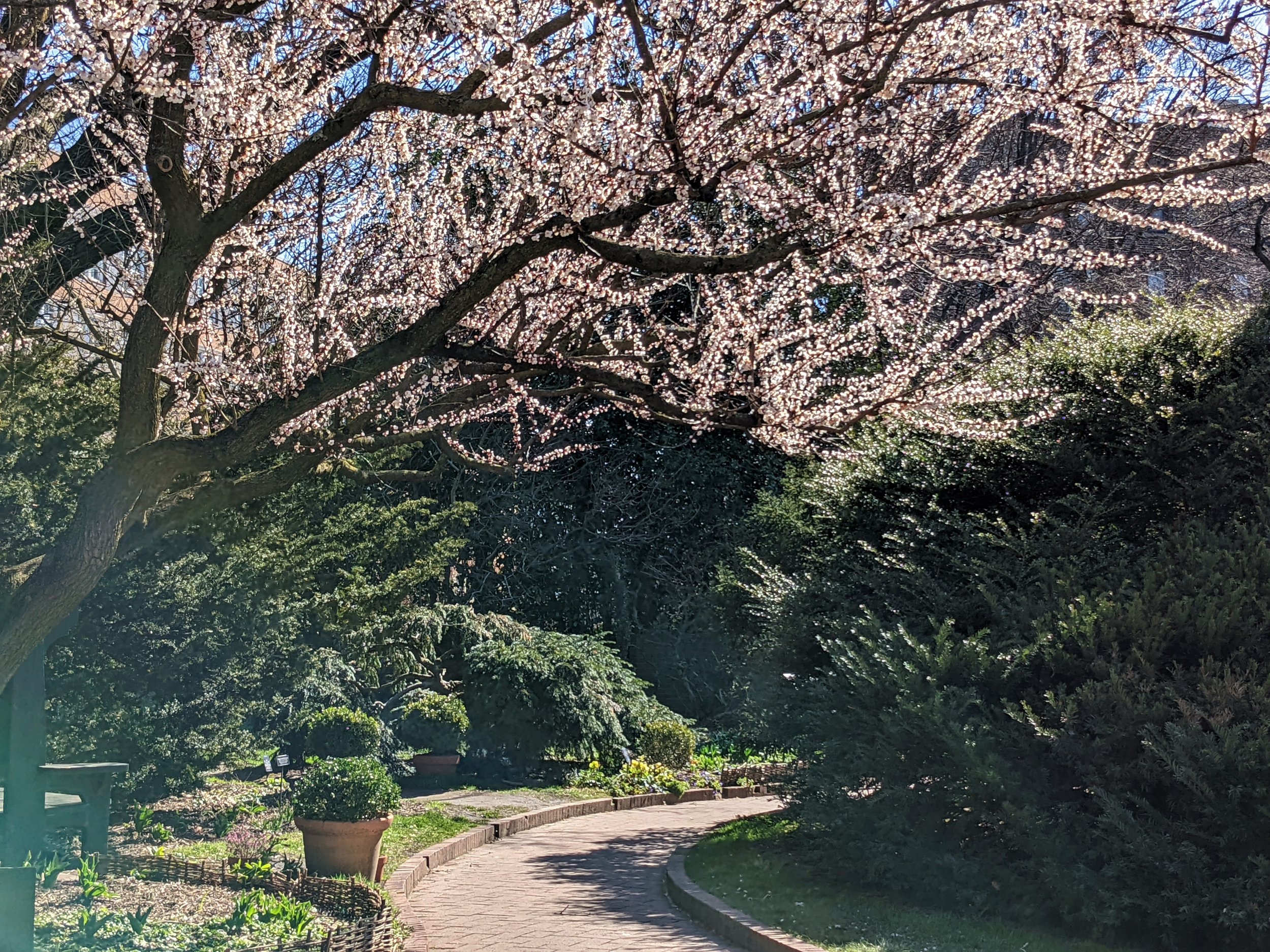

In March and April, parks and gardens bloom with delicate pink and white cherry blossoms, signaling the start of spring. The tradition of celebrating the beautiful flowering trees originated in Japan, and is known as hanami, which translates to “flower viewing.” The Brooklyn Botanic Garden is home to 26 different varieties of flowering cherry trees, or sakura, and the first flowers are blooming in the gardens. Walking through the quiet park, flashes of pink and white are bright in the sunlight, and tiny petals rain down when the wind blows. It’s a beautiful way to celebrate the end of winter and welcome the warm, sunny days that are around the corner.
Human Displacement Constantly Tests the World and its Infrastructure
Bethesda Fountain in Central Park
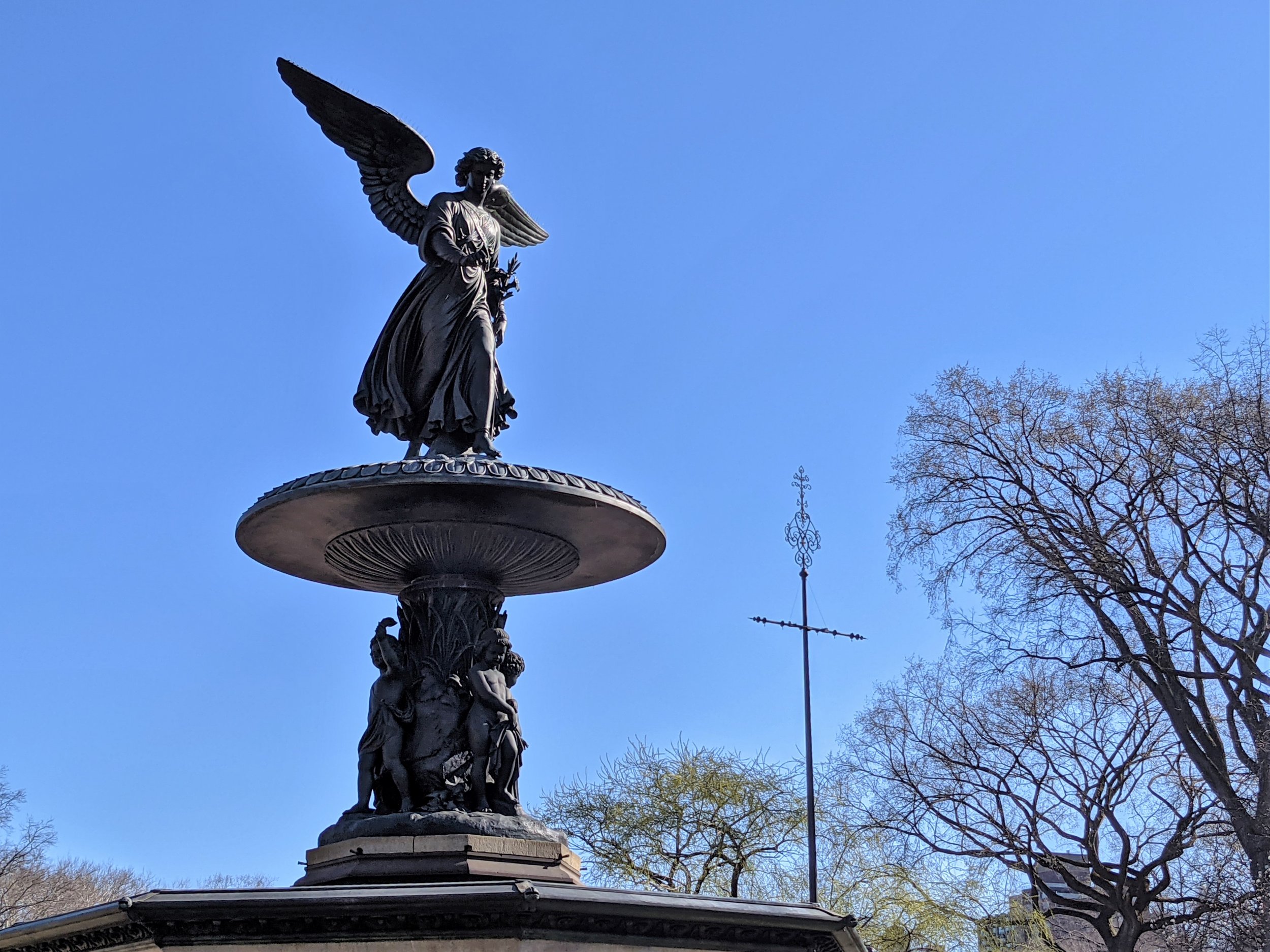
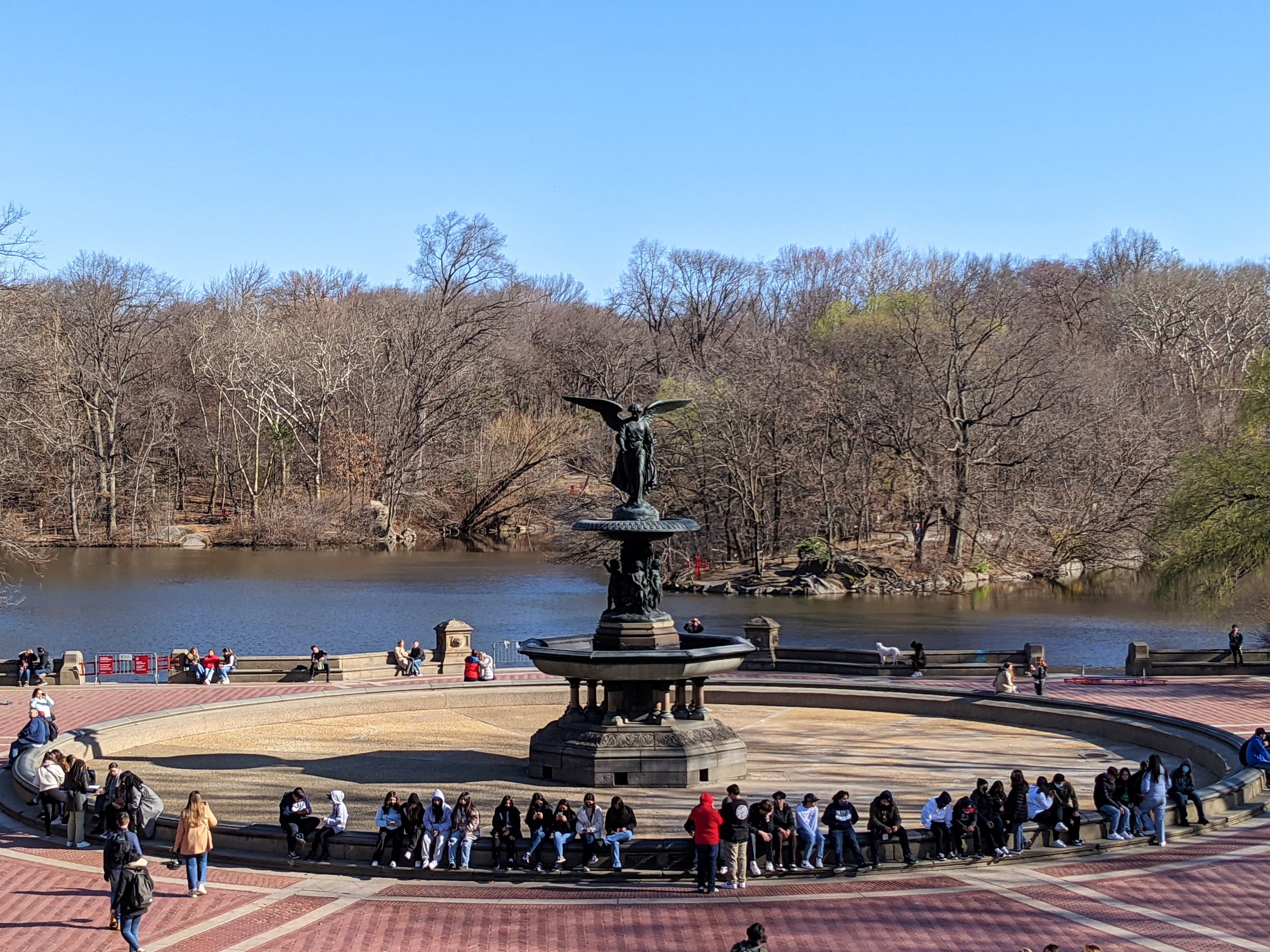
Manhattan’s largest park is also home to one of the largest fountains in New York. Bethesda Fountain, named for a Bible passage that describes a pool with healing waters thanks to an angel’s blessing, was created to commemorate the opening of the Croton Aqueduct in 1842. The aqueduct brought clean, fresh water to the city for the first time, providing its own ‘healing waters’ to New Yorkers who had previously suffered through fires and disease due to an inadequate and contaminated water supply. For this reason, the statue at the top of the fountain is known as the Angel of the Waters. The eight-foot-tall neoclassical bronze angel was designed by American sculptor Emma Stebbins, the first woman to receive a commission for a major work of art in New York City. Modeled after Stebbins’ partner, actress Charlotte Cushman, the angel and her fountain have become an iconic symbol of the city.
A Lie Disguised as Protection
Irish Arts Center Book Day
There’s no better way to celebrate St. Patrick’s Day than with free books! Across New York City, volunteers spent the holiday giving away books by Irish and Irish diaspora authors as part of the 10th Annual Irish Arts Center Book Day. This year the event also featured books by Jewish authors, in celebration of the 100th anniversary of the publication of James Joyce’s modernist masterpiece Ulysses, and in tribute to the book’s protagonist, Leopold Bloom. Despite the rainy day, commuters and pedestrians in every borough paused to browse the book tables and talk about literature with the volunteers. By the end of the day, the Irish Arts Center gave out thousands of free books to New Yorkers, “using the power of storytelling to bring people of all backgrounds together.”




